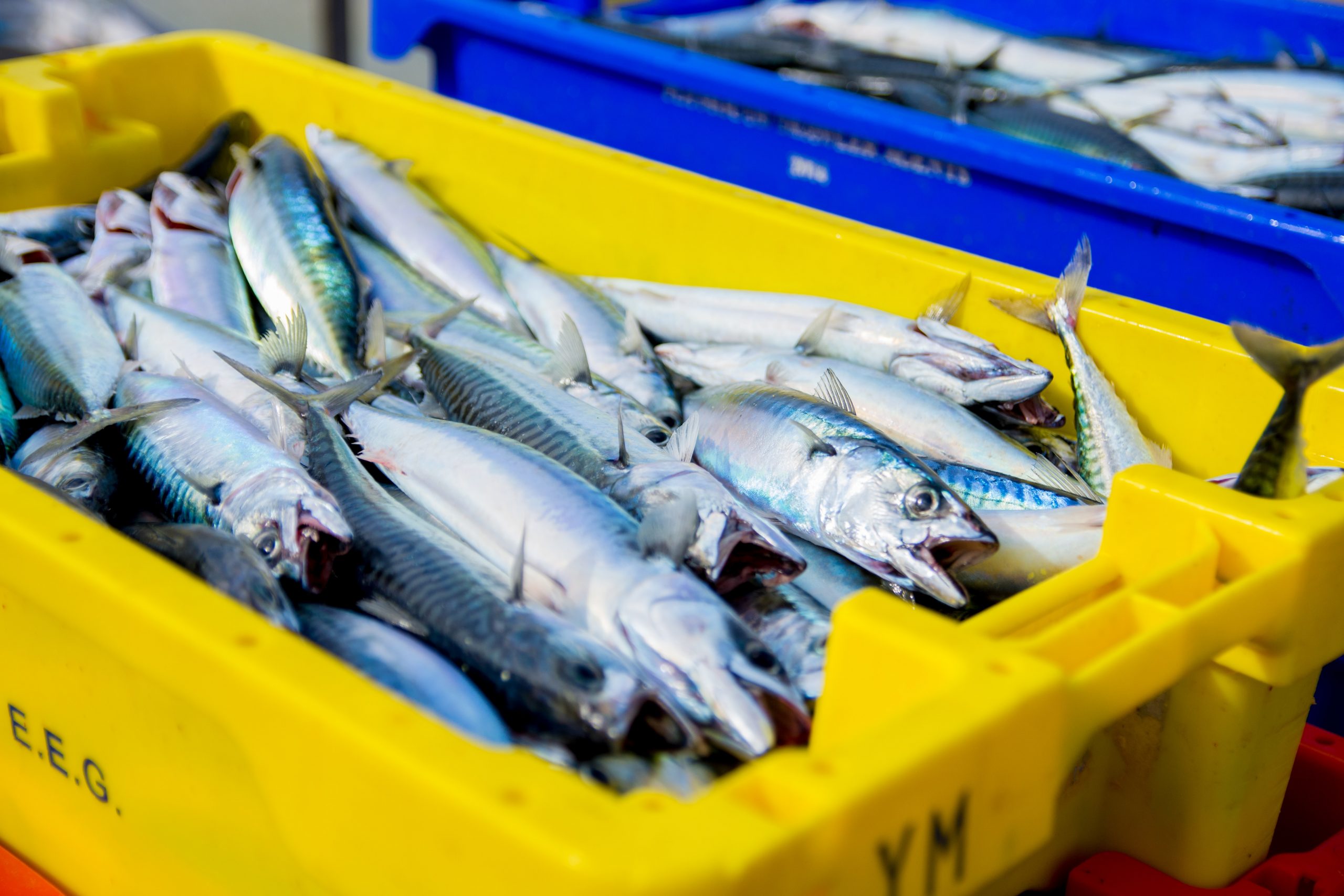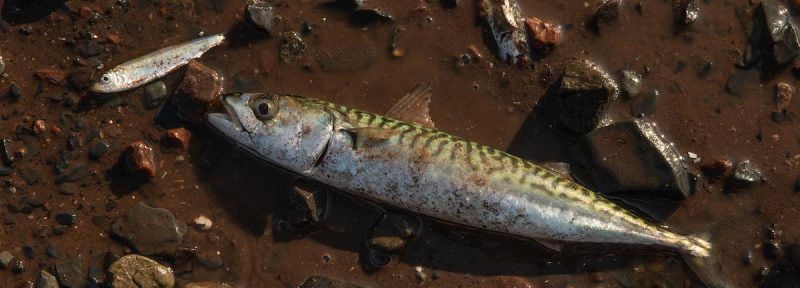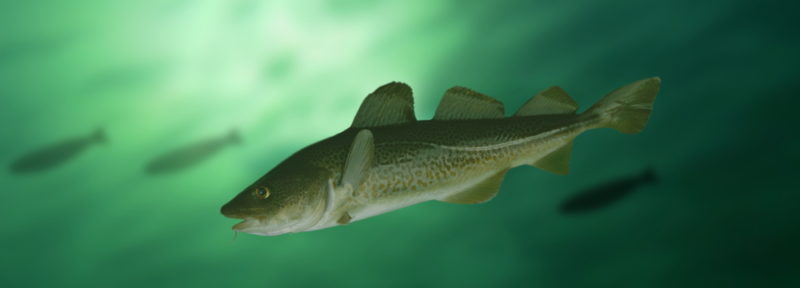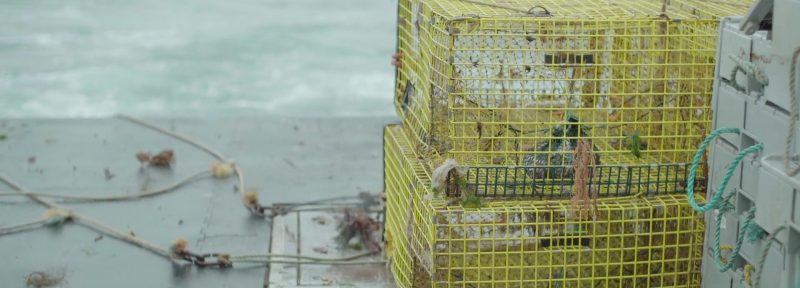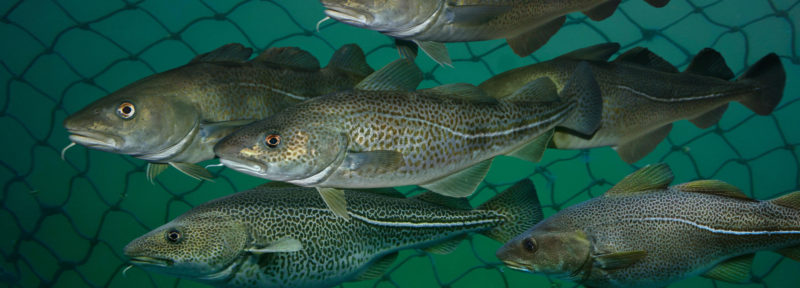It’s Time to Stop Chasing Quotas Down to the Last Fish
Credit: Nick Hawkins
This is not working. Surely by now we can all agree on that single point. There can be differences of opinion on what the major contributing factors have been, but the system of fisheries management in Canada is broken. Through the late 1980s and into the 1990s, it oversaw the total collapse of Canada’s east coast groundfish stocks. Now that same system is overseeing the final throes of much of Atlantic Canada’s forage fish stocks.
Over the past two months, the latest scientific information on herring, mackerel and capelin stocks has come out of DFO Science branch, and the assessments are grim. These forage fish—which support the rest of the marine food web and are also the subject of commercial fisheries themselves—are at or near the lowest level of abundance ever observed. The 2021 assessment of Atlantic mackerel found that the stock is only at 58 percent of the lower reference point—the level you never want to get below. The 2021 assessment of capelin off of Newfoundland and Labrador (NL) forecasts that that the biomass will only be 6 percent of the values observed in the late 1980s. And the most recent assessment on herring in the southern Gulf of St. Lawrence again shows the spring and fall stocks to be at the critical and cautious level, respectively.
In the summer of 1993, I sat in the Arts and Culture Centre in Corner Brook, NL, while a fishermen’s union representative stood at the microphone and said, “we have to stop chasing quotas down to the last fish.” What a profound statement—some might say a profound statement of the obvious. Yet after all the grand speeches, groundfish by and large are in the same spot they were then, and forage fish have been brought to the brink of collapse. What happened?
Well, though we can probably all agree that the current plan isn’t working, our views on what happened or what needs to be done may differ. And that’s fine, opinions are like that necessary part of our anatomy, we all have them. But let’s lay out the facts as opposed to getting further into the rhetoric.
The fact is that natural mortality as a percentage of total mortality has increased. In some cases the cause of it is unknown, in some cases it can be attributed to changing oceanic conditions like water temperature or salinity, in some cases it can be directly connected to increased predation by seals, and in others it is likely the same level of mortality in tonnes expressed on a reduced population. Global warming, we have been told for over thirty years now, will cause the ocean to warm as well, particularly in contained waters like the Gulf of St. Lawrence. This may also lead to changes in salinity and affect larval survival, for example. We cannot change this trend in the short term. And anything we do to reduce greenhouse emissions, which ultimately are responsible, will only be impactful for future generations.
Then there are the seals. What can be done about them? Nothing. I have no problem with a seal hunt, I have engaged in many myself, and I will probably hunt for seals later this spring or summer if I get the chance. But one fact remains: nothing will be done to reduce the size of the seal populations. The hunt has waned with the fall of the seal-fur market, and that won’t change whether anyone likes it or not. The federal government has shown no interest in the concept of a cull, and frankly, much of the industry is equally concerned about the impact on the market of fish products should one occur. So nothing will be done. Nobody has to like that, no one has to agree with it, and no one has to stop making the case for action. But we really need to stop using the seal argument to justify our own inaction on the one thing we do have control over: fishing mortality.
It is also a fact that we have consistently overharvested fish from all these stocks on an annual basis. Sometimes that came from a total allowable catch (TAC) set higher than the scientifically recommended level, but more often than not it came from a TAC being set in the higher end of the confidence interval (range of uncertainty) provided by science. This has been done year after year for a couple of decades now for almost all of these stocks, and you have to ask yourself if this doesn’t add up after a while. For certain, this approach flies in the face of any precautionary approach one might have envisaged in the aftermath of the groundfish collapse.
And it’s a fact that the same science that gives us this ugly picture of the state of many of the groundfish and forage fish stocks is the same science that tells us there is a pile of redfish in the Gulf of St. Lawrence, that Atlantic Halibut in the Gulf of St. Lawrence have recovered to near historic levels and that the Greenland Halibut stock remains the most stable ground fish fishery in the northwest Atlantic. And it’s the same science that we hang on every word of when they tell us the cod stock off northeast NL is improving, as they have done on several occasions in the past 20 years. The good news they deliver is rarely questioned but the bad is rarely accepted.
The most recent assessment of Atlantic mackerel found that the stock is only at 58 percent of the lower reference point.
Credit: Richard Bell
Finally, much of the debate is about splitting hairs—a few hundred tonnes here, a couple thousand tonnes there. A few hundred tonnes here and a few thousand tonnes there undoubtedly make a difference to the industry’s bottom line in the short term, but year after year of pushing the TAC to the top end of the confidence interval has added up to a biomass collapse. Well, actually, it’s not a collapse; it’s a slow erosion that has worn the stocks down to next to nothing. And this preoccupation with minimizing the short-term impact on the industry’s bottom line has added up to a massive financial hit to the industry’s long-term bottom line.
One might be able to rationalize this approach if indicators for the stocks were going in different directions. For example, maybe if the populations had a broad age structure rather than just one primary year class driving the biomass estimate; maybe if the declining trend was less than a few years rather than decades long; maybe if the recruitment failure occurred while there remained a large spawning stock biomass; maybe if the condition factors like size at age and general health of the individuals were normal or above; maybe if it were true in only one or two stocks rather than the majority of them. Then one might be able to understand our continued approach to managing these fisheries—if we hadn’t seen and heard every single bit of it before. The fact is that none of the list above holds in any of the stocks.
Look at mackerel, for example. The stock is at an all-time low and has been below the level where serious harm is occurring for a decade. Size structure in the population has all but disappeared, the spawning stock biomass is all but gone, and the population is at a level that science says may not increase even if we were to stop fishing altogether. Now if that’s not a damning enough indictment then continue to read. There are those—and they aren’t few—who, when presented with the observation that the stock may not recover even in the absence of fishing, conclude that fishing has no impact, and we should continue on!
The spawning stock biomass estimates (SSB) for Atlantic mackerel (top) and for herring in the southern gulf of St. Lawrence (below) suggest that the stocks are at dangerously low levels.
Credit: Fisheries and Oceans Canada
I am not trying to minimize the impact of a changing environment on some of these stocks, nor am I trying to minimize the impact of seal predation. I am pointing out that the actions of the fishery should not be minimized, and that the cumulative impact of decades-long actions have in large part brought us to a point where environmental conditions cannot be mitigated against by stock abundance. To put it bluntly, as a well-known Newfoundlander said in the advent of the moratorium on Northern Cod, “…the autopsy on Northern Cod might say that it froze to death, but it had the shit kicked out of it and was lying in an alley when the temperature dropped.” Similar statements could be made about forage fish stocks. Changing environmental conditions (including increased seal predation) may be hampering recovery, but we continue to fish above scientifically recommended levels and have brought them all to the point where abundance cannot mitigate against climate and environmental change or changes in levels of predation. Resiliency in fish stocks, like that of so many other animals, is directly connected to abundance. Our continued depletion of the fish stocks of the northwest Atlantic has all but eliminated resiliency and has had the same impact on the coastal communities that depend on them.
It’s time to stop chasing quotas down to the last fish. It was true in 1993, and sadly it’s just as true today. If Atlantic Canada’s fish stocks are to have a chance at recovery, we need to do the one thing that’s within our power to control: reduce fishing mortality and give stocks a chance to rebuild to healthy levels.
Trevor Taylor is Vice-President of Conservation at Oceans North.


